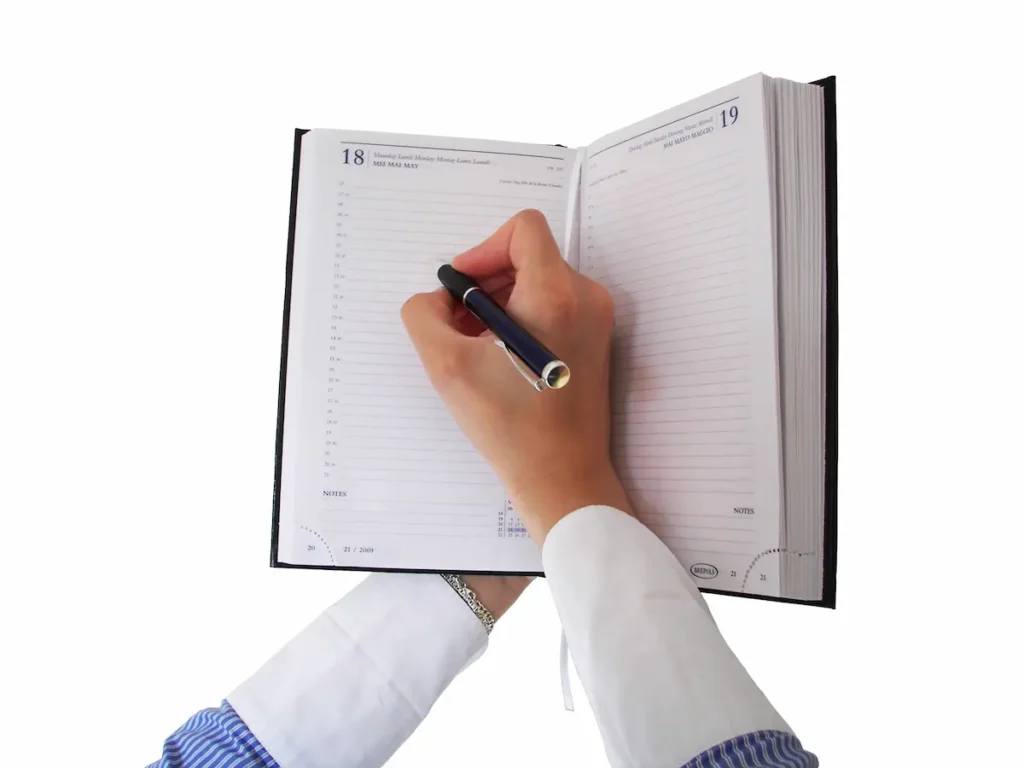Don’t you hate it when a plumber expects you to know what the difference between a p-trap and a shut-off valve is? It’s not like many of our young people take classes on plumbing terminology these days, and it’s perfectly normal to go your entire life without learning anything about plumbing systems, especially if you rent.
That being said, if anyone is curious or tired of being left out of the plumbing conversation, this blog is for you! We love having new customers who either aren’t used to plumbing situations or are just outsiders to the plumbing industry. Chances are, even if you don’t know what plumbing terms mean, you are still likely an expert at something else, and we absolutely respect that.
So, as your Pinellas Park plumbers, we’d like to give you a little crash course on plumbing terms that can help you with the next bit of work you might need us for. If you ever find yourself in an emergency plumbing situation, knowing some of these terms can save you time and help you follow the steps needed to mitigate issues, as explained in 5 steps for dealing with an emergency plumbing problem.
Plumbing Industry Terms to Learn
Want to know about some terms that might help you in a pinch? Here are just a few plumbing terms that we think customers should be aware of so that they know what a plumber might be referring to when making a repair or providing maintenance.
- Backflow. You’ve probably seen this term used in relation to a “backflow preventer,” but the term backflow just denotes any time your water flows in the opposite direction from how it’s supposed to flow. This is bad because it can mean contaminants flowing into your water supply as opposed to out of your water supply and into the drainage system. If you encounter severe drain issues, it may also indicate it’s time to replace your sewer line. Homeowners will want to prevent backflow as much as possible.
- Auger. Augers are tools that plumbers use to reach into lengthy drains, pipes, and toilet valves so they can unclog something or fix something. An auger simply refers to any long device that’s spindly and wiry enough to fit into a drain.
- Flange. This term refers to any piece of equipment that’s used to connect pipes, valves, or other piping equipment. It can be metal, rubber, PVC, or a variety of materials.
- Main water line. This term denotes the water line that runs from your local municipality or water company’s lines to your home. All of the water you use flows from the main water line, and it’s where major leaks and issues with clean water can come from.
- PVC. We know that this acronym gets used a lot, but here’s the deal. You probably know what it looks like but you still don’t really know what it is. PVC, or polyvinyl chloride, is simply a type of plastic polymer used for plumbing. It’s durable, resistant to chemicals, and extremely affordable when compared to copper or steel.
- P-Trap. The drain under your sink curves around to trap sewer gases so you don’t smell them. This trap is in the shape of the letter “P” and is conveniently called the “P-Trap.”
- Water shut off valve. Every home has a valve that can shut off its access to water. This is big, because it can be useful when dealing with a leak that you can’t seem to pinpoint. Avoid wasting water by knowing where this shut off valve is and how to use it. For more tips on managing leaks and clogs effectively, check out getting rid of drain clogs the right way.
It’s time to get in touch with The Clean Plumbers. Contact the team with the bubbles on the trucks today.

